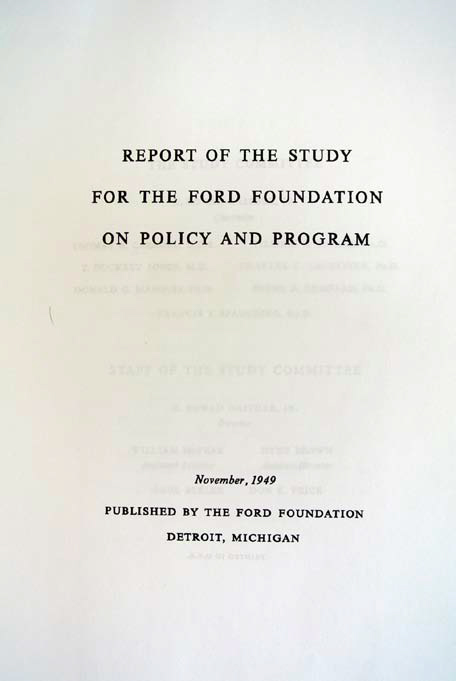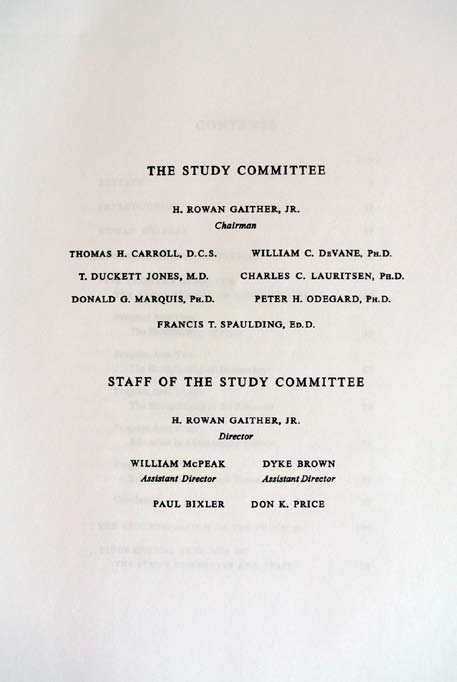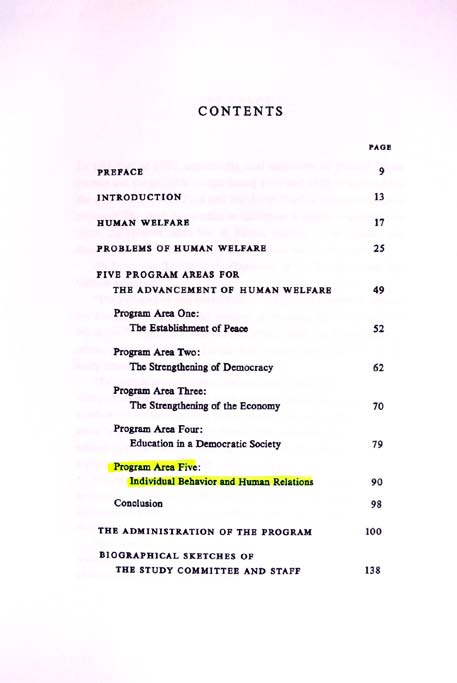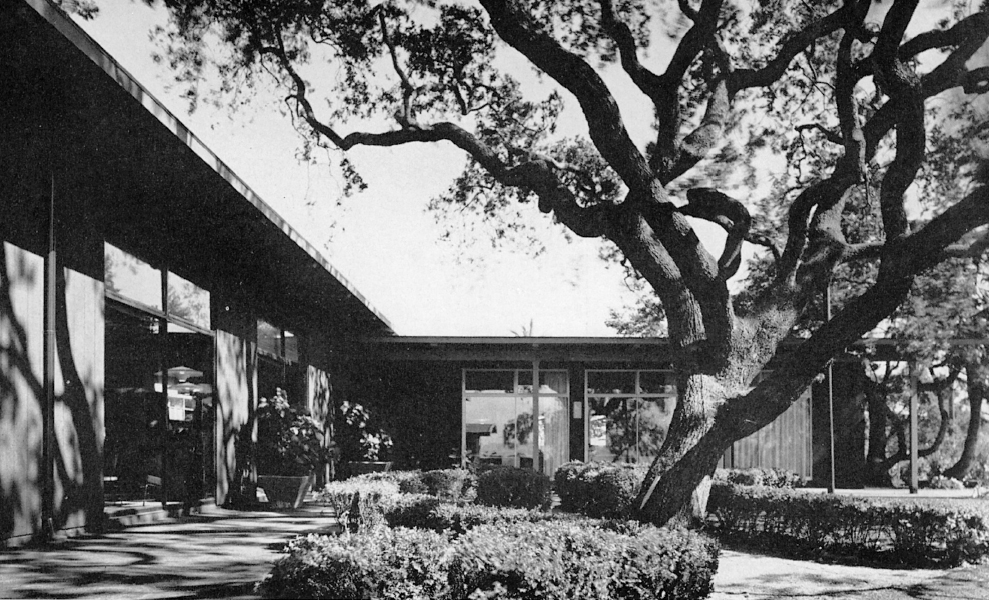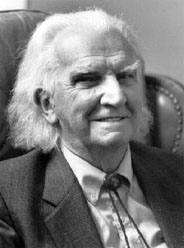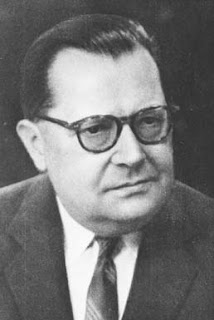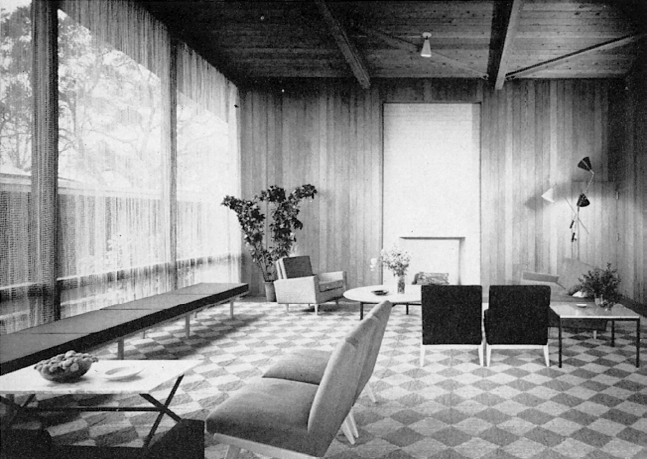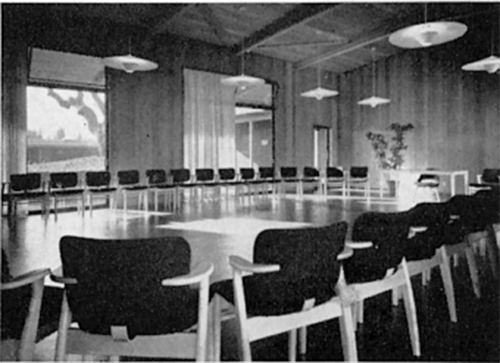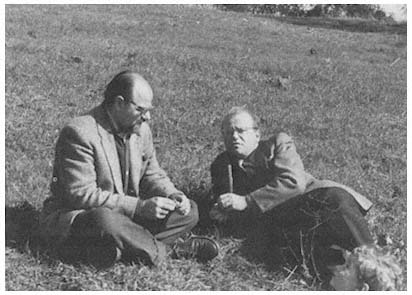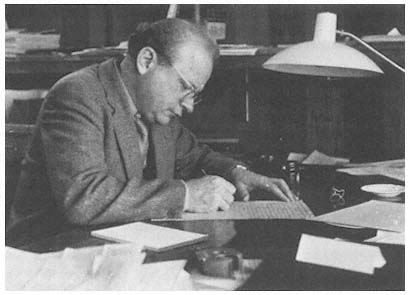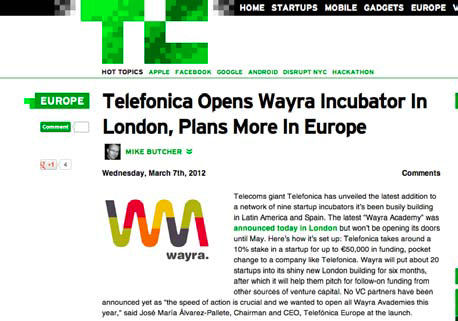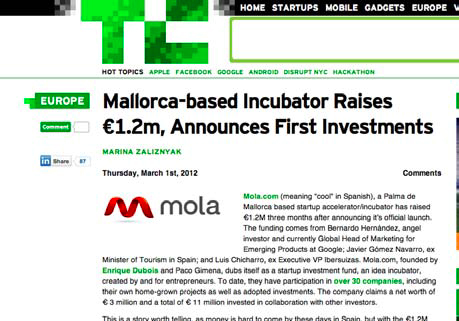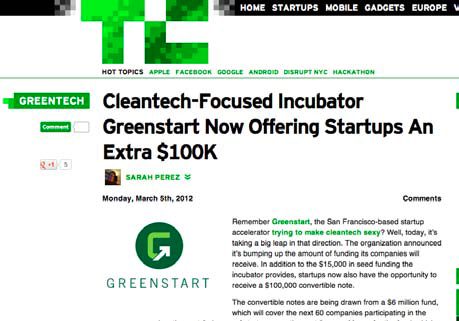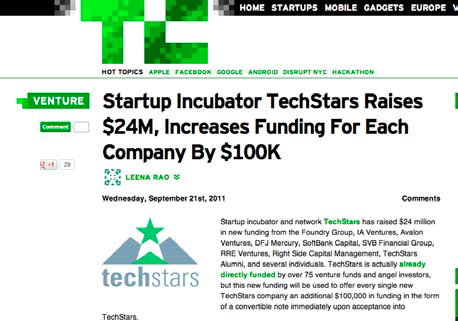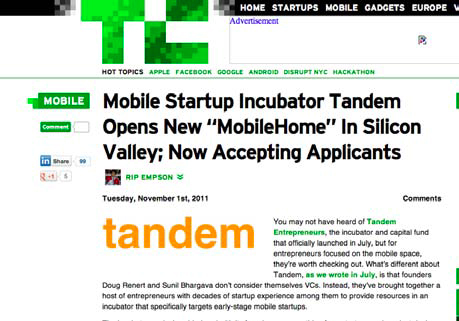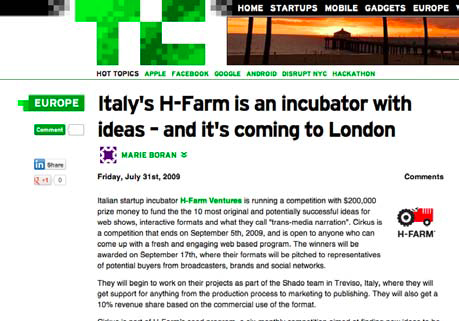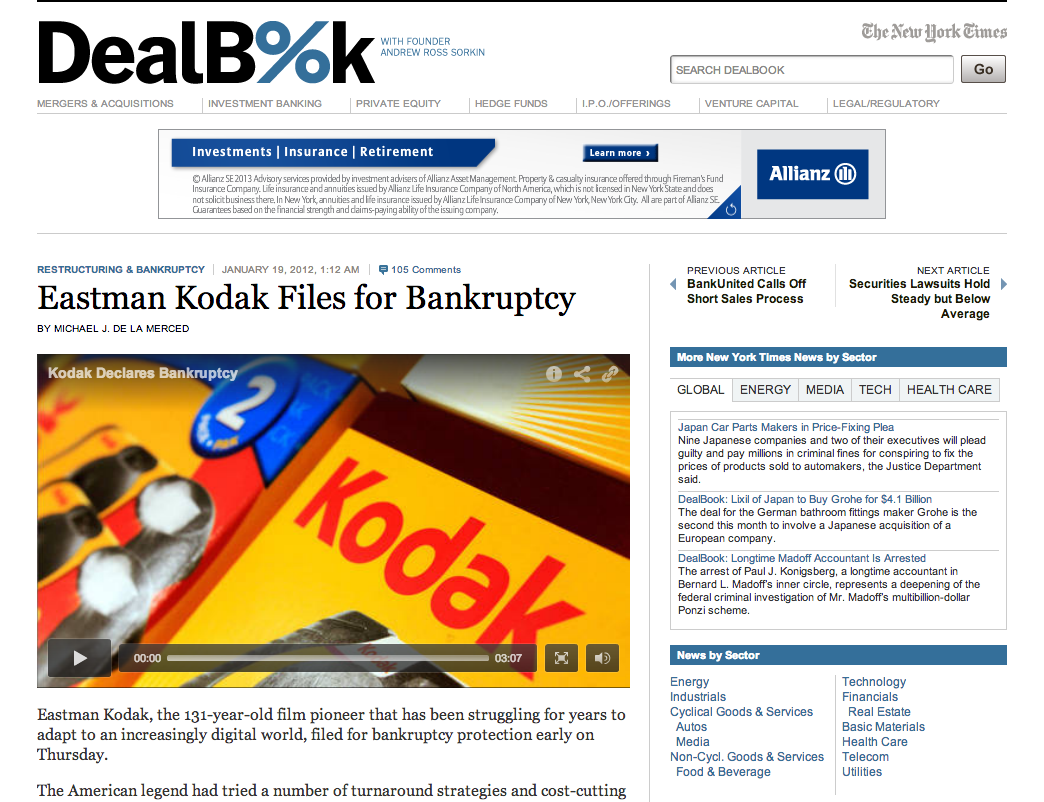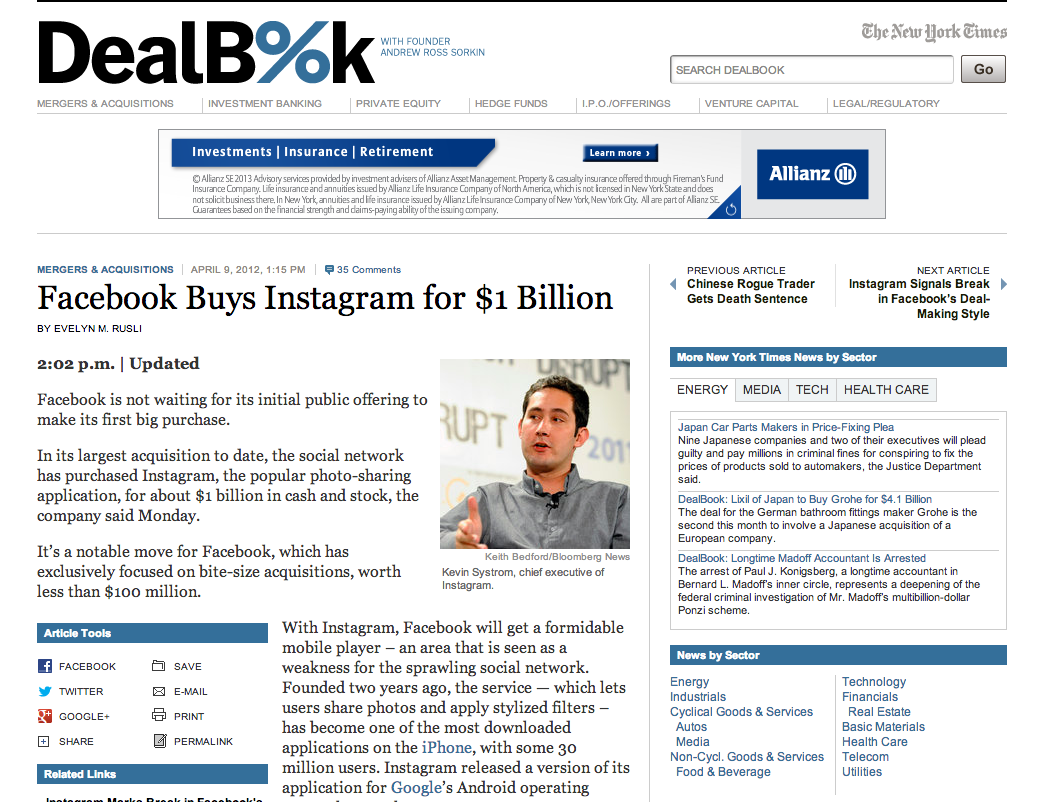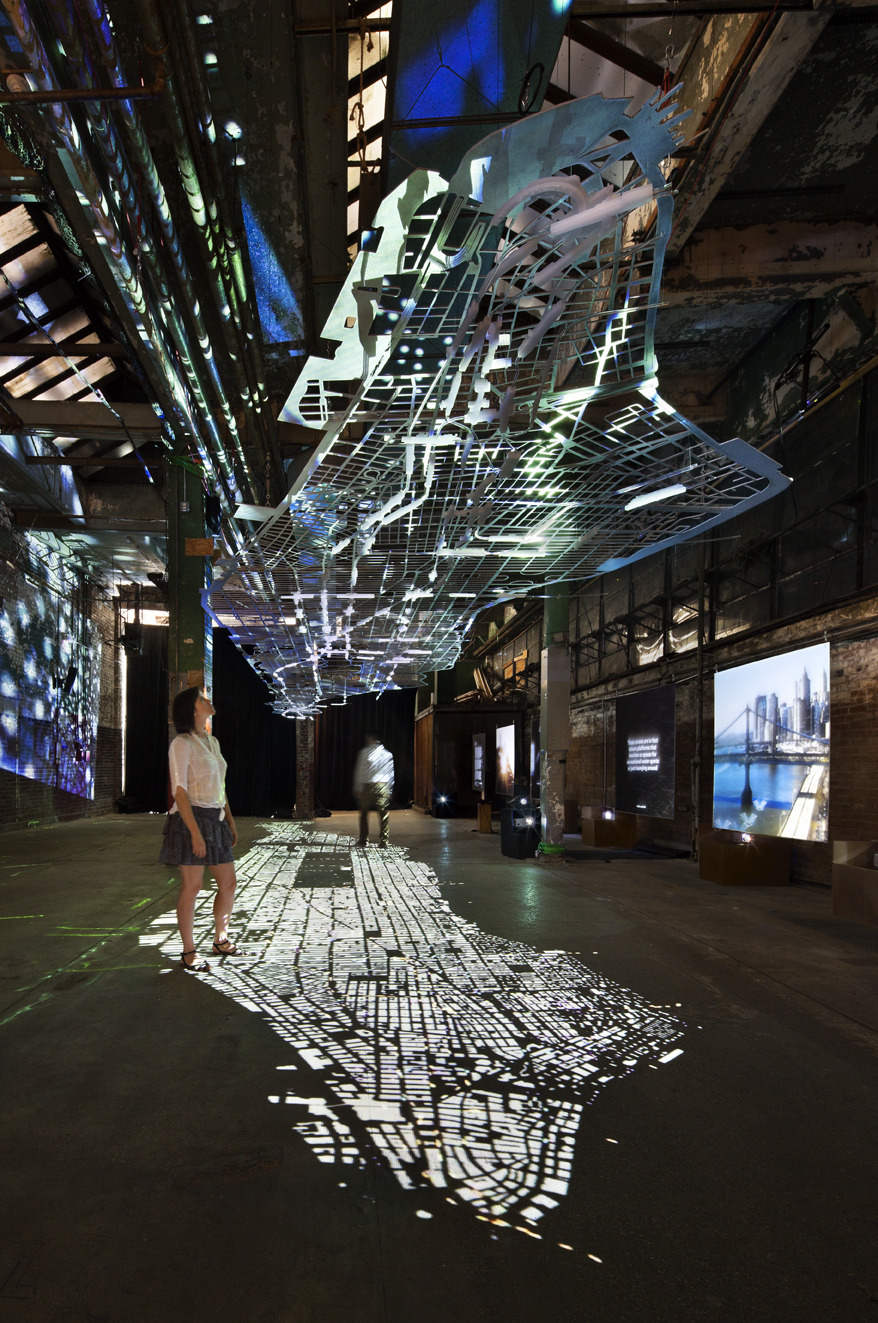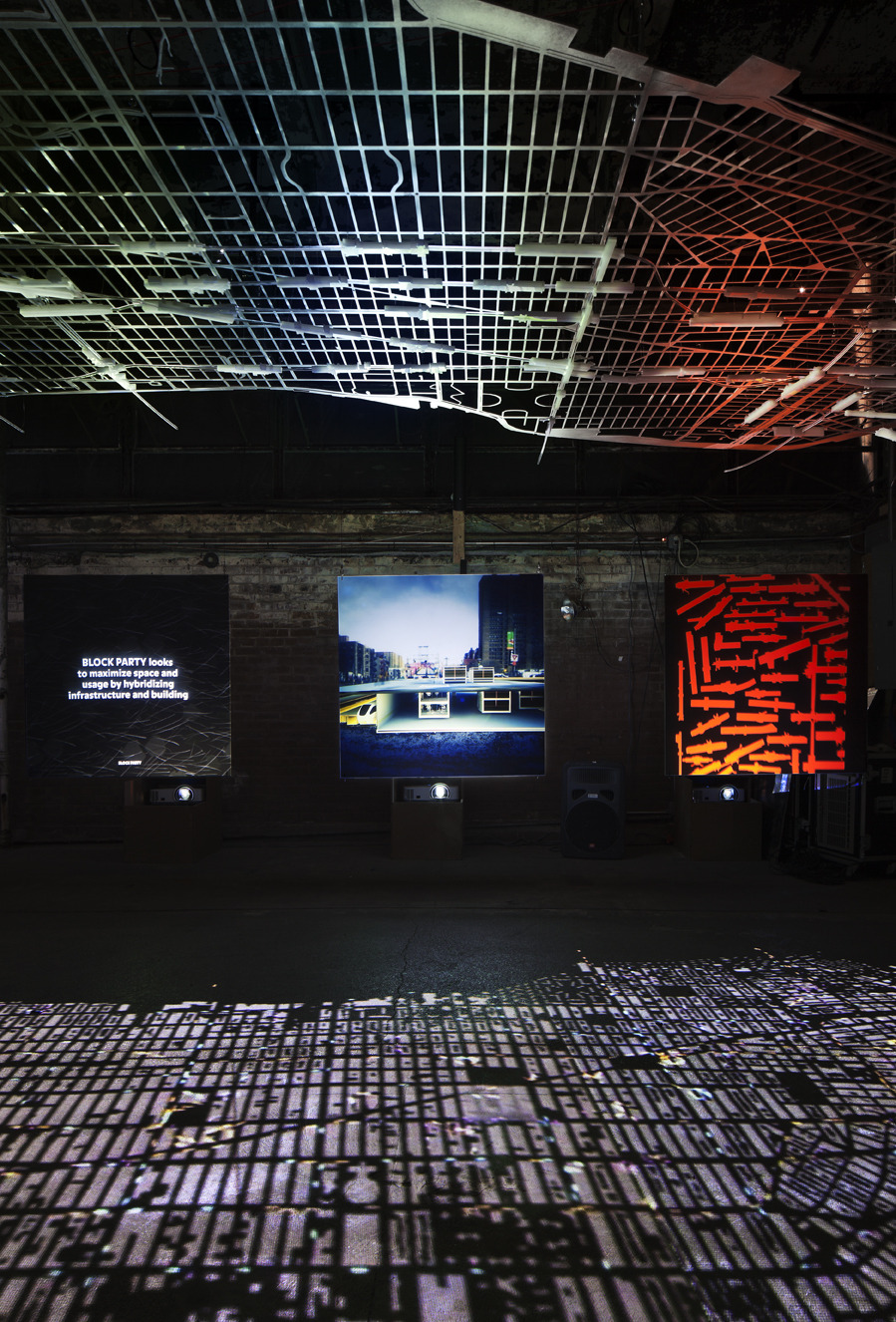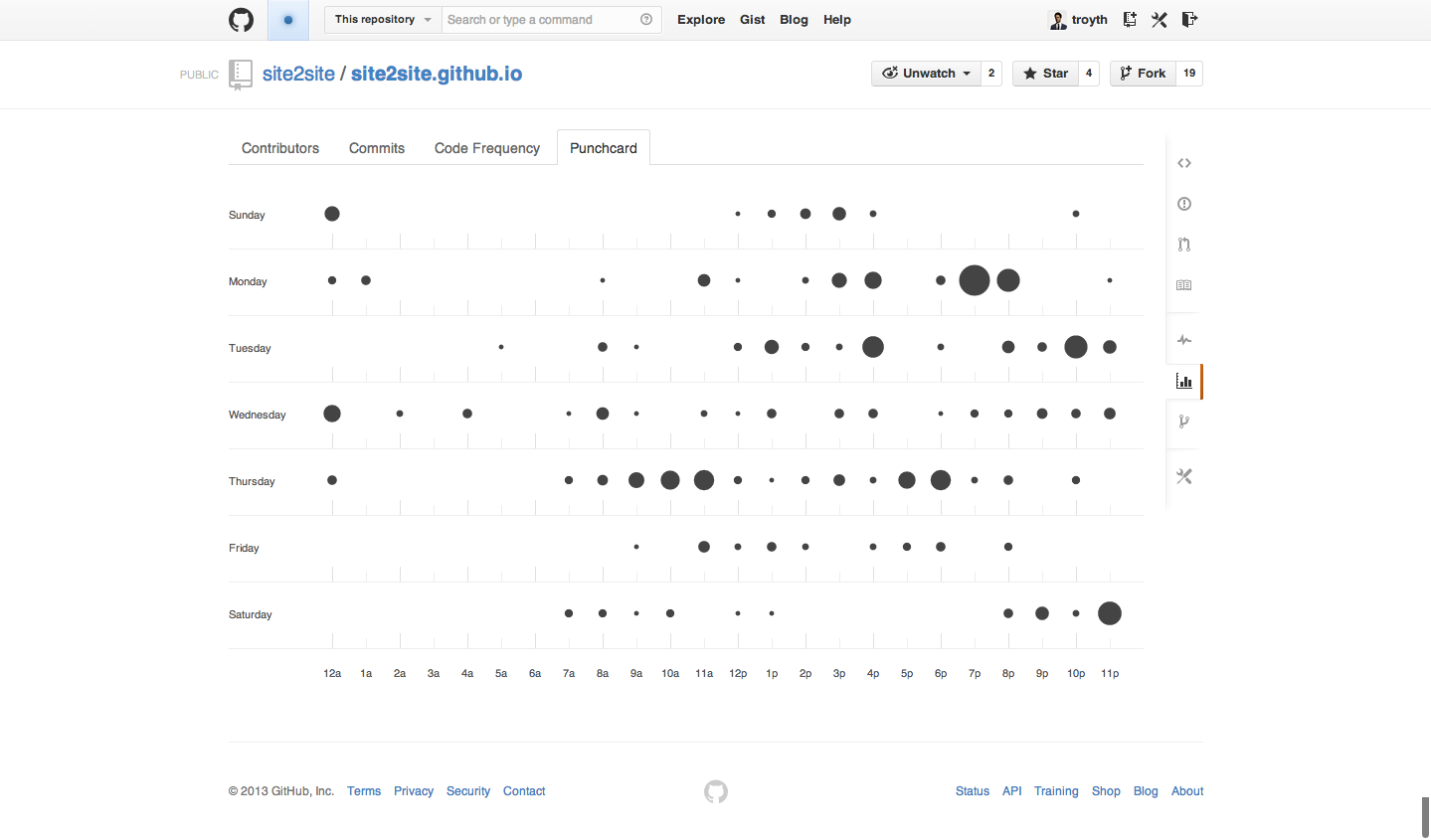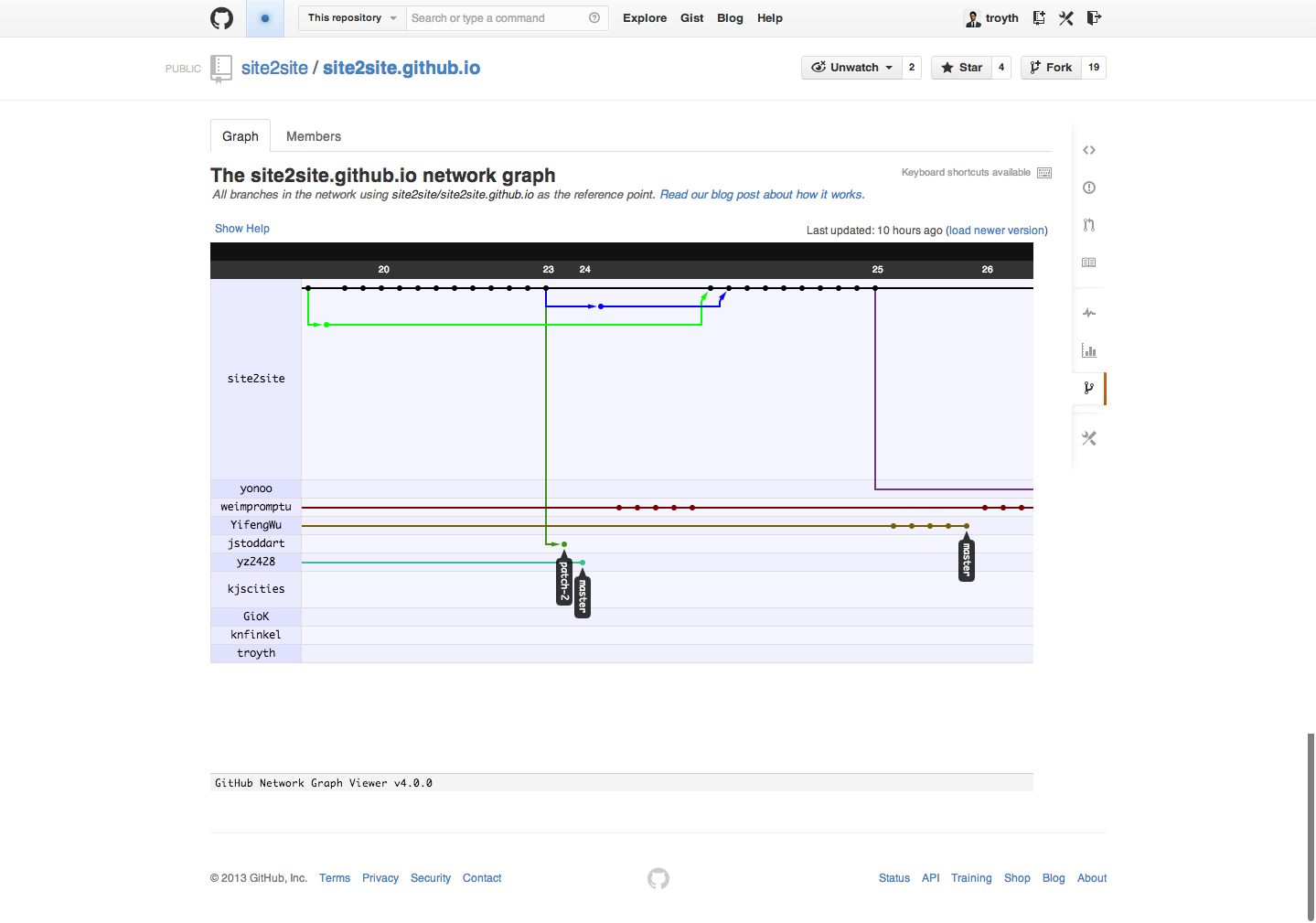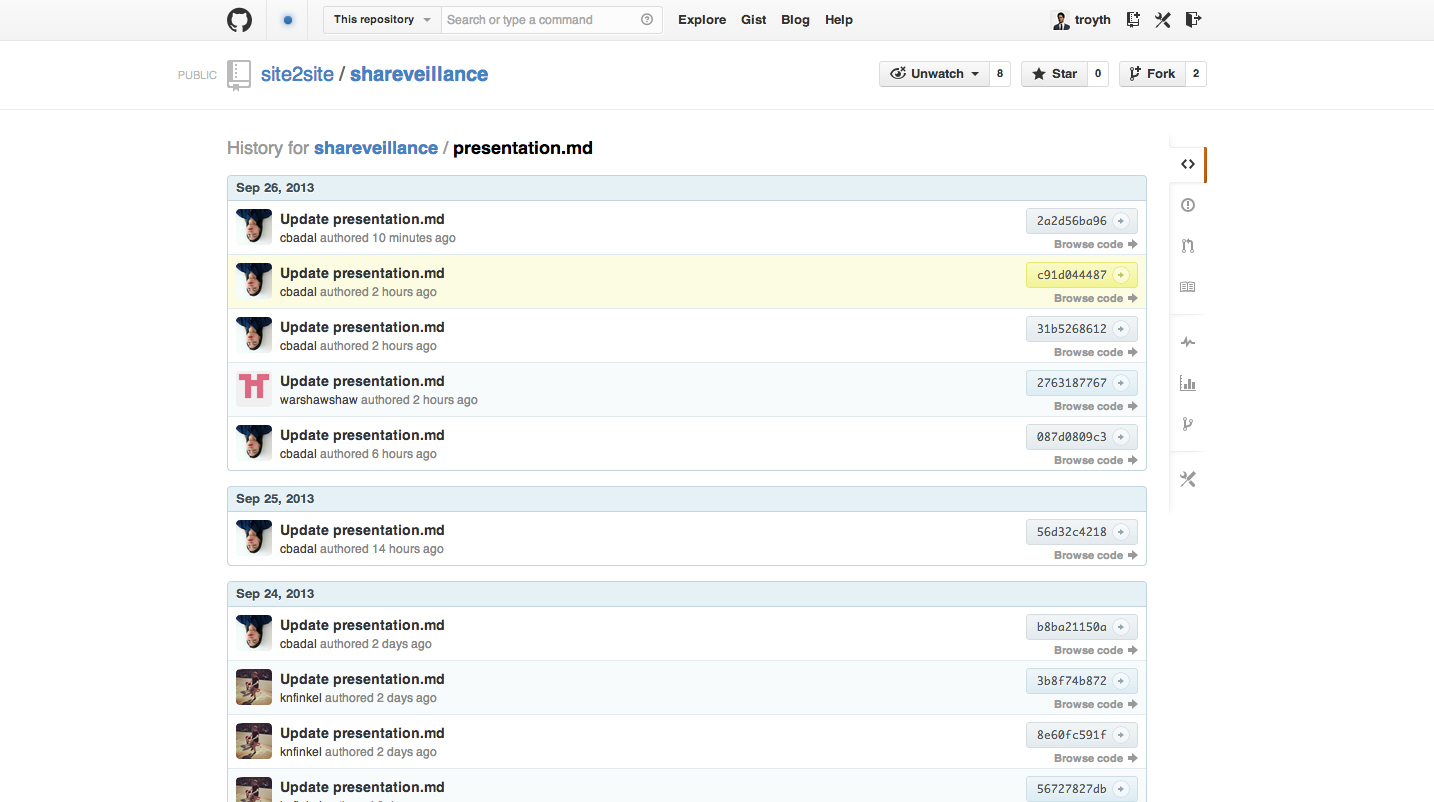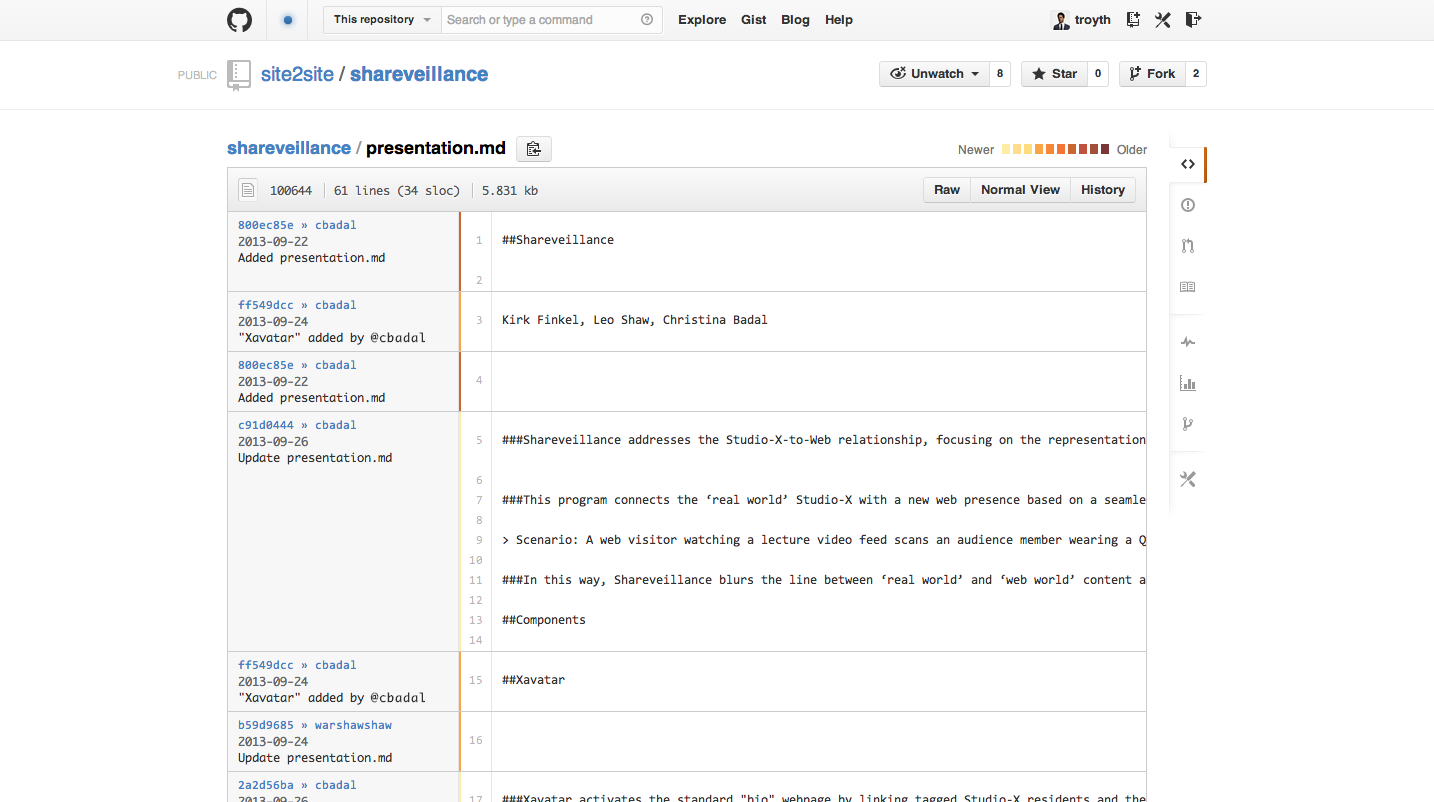Experiments in Motion
Experiments in Motion, a partnership between Columbia GSAPP and Audi of America

Identify new paradigms of motion for design in the 21st century
Experiments in Motion expected structure, April 2011
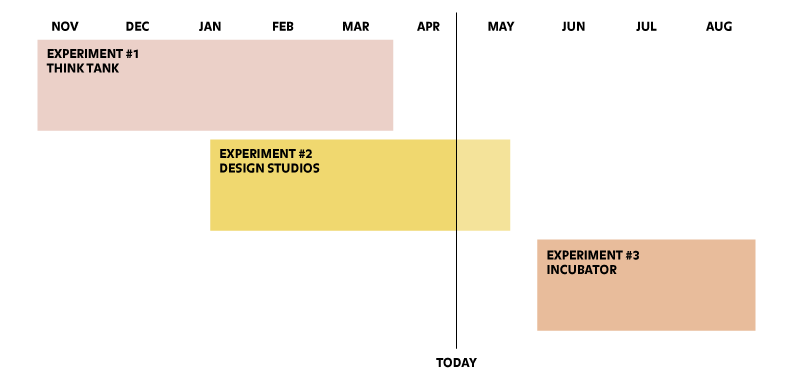
What is a Think Tank?
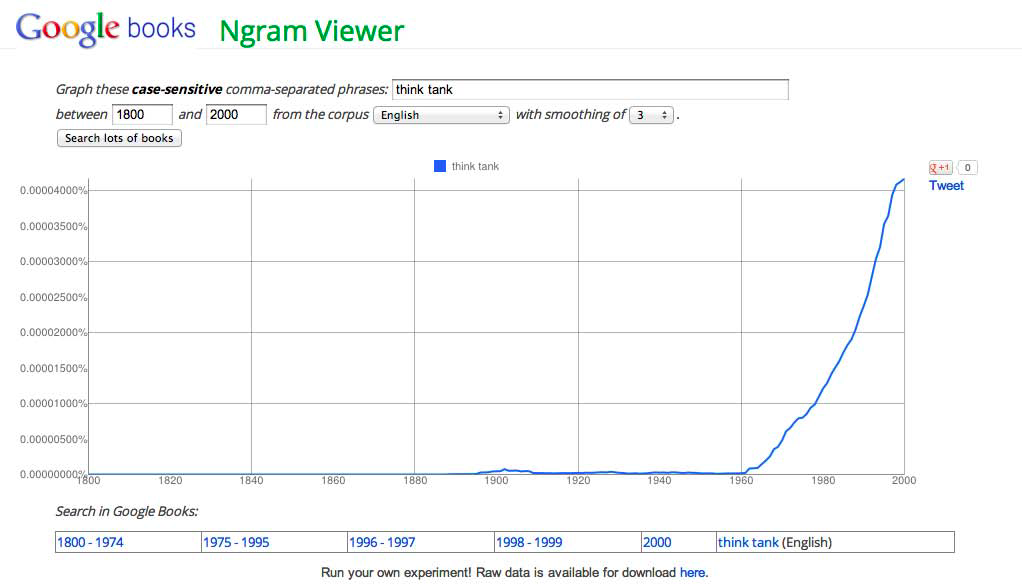
What isn't a think tank?

What is the difference between these two typologies?
Think Tank Archetype
The first "think tank": The Center for Advanced Study in the Behavioral Sciences (1954)
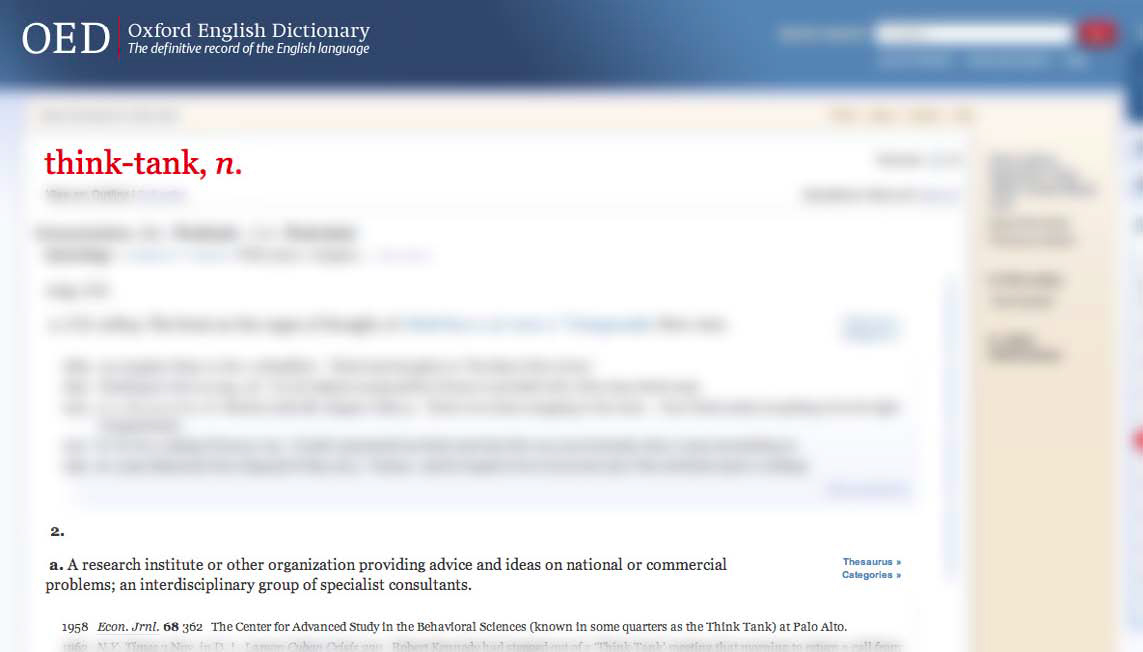
Pre-History of The Center for Advanced Study in the Behavioral Sciences
In 1947, Henry Ford dies and leaves much of his fortune to the Ford Foundation
In 1949, Horace Rowan Gaither, RAND co-founder and future director, chairs a committee to determine what to do with the world's most well-endowed foundation
“Established for the General purpose of advancing human welfare”
This would be approached from 5 areas
Program Area Five - Individual Behavior and Human Relations - coined the term "Behavioral Science" and set up the meta-design for the first think tank

Knowledge production

Free of university and market pressures - basic research

Bolster international relations with non-communist world

Prepare young scholars

Promote and provide interdisciplinary interaction
Characteristics of the Think Tank Archetype
Maximize
Disciplines, scholars, knowledge, American influence
Insure
The production of original ideas, new branches of knowledge
Free
A "socio-cultural milieu" of free intellectual exchange
Architecture of the Think Tank Archetype
The Ford Foundation decided to fund a new center in Palo Alto for the study of the behavioral sciences, designed by Berkeley Architecture Dean William Wurster, to open in 1954
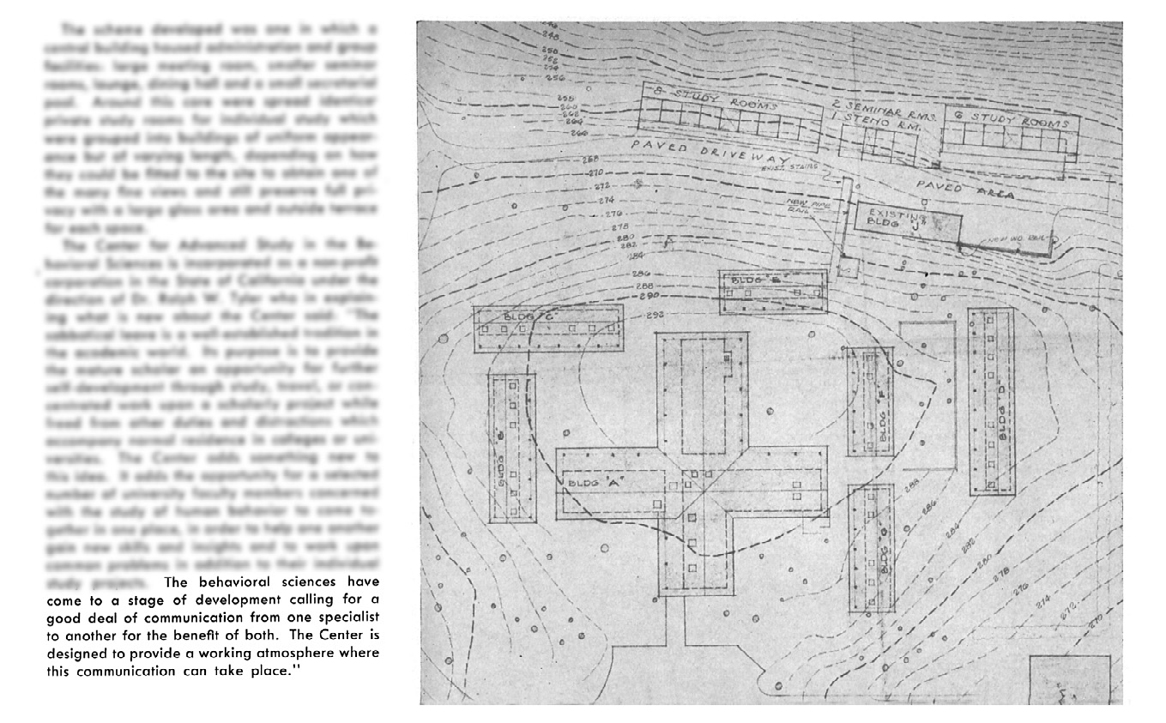
A free and open atmosphere of communication and exchange
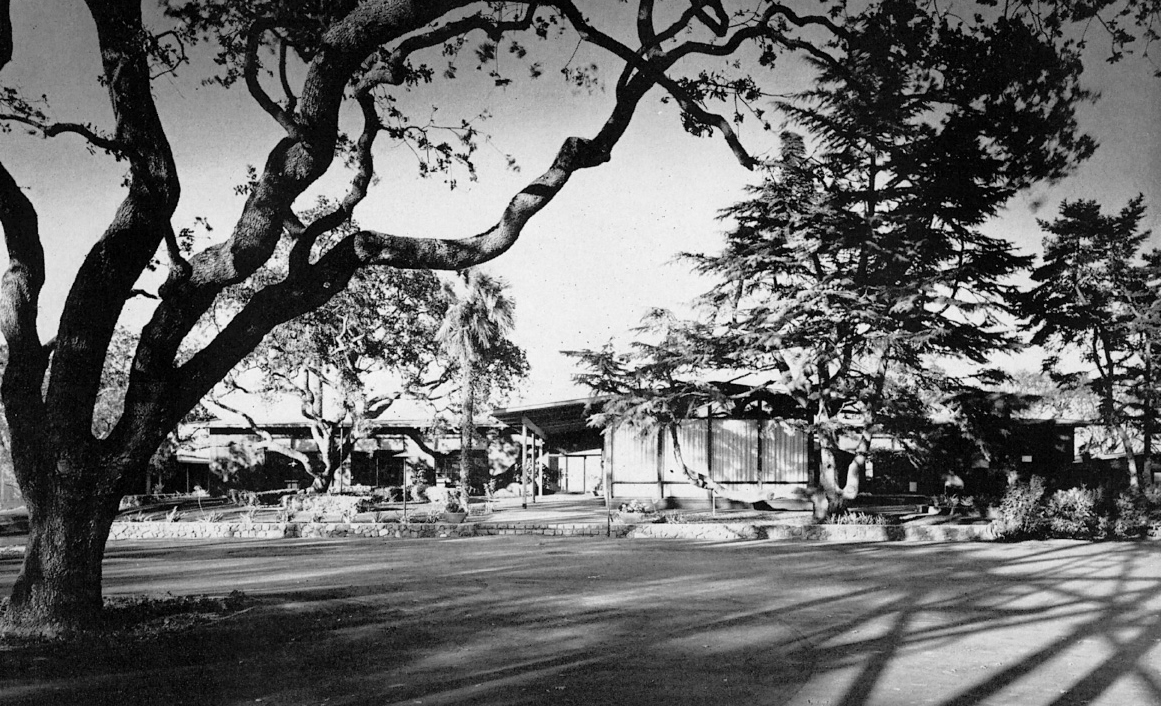
The school of Palo Alto
“Individual studies, conference rooms, and research facilities have been designed without disturbing accents and to provide the necessary privacy, both material and psychological, needed to carry on the objectives of the project.”
-Arts and Architecture, February 1955
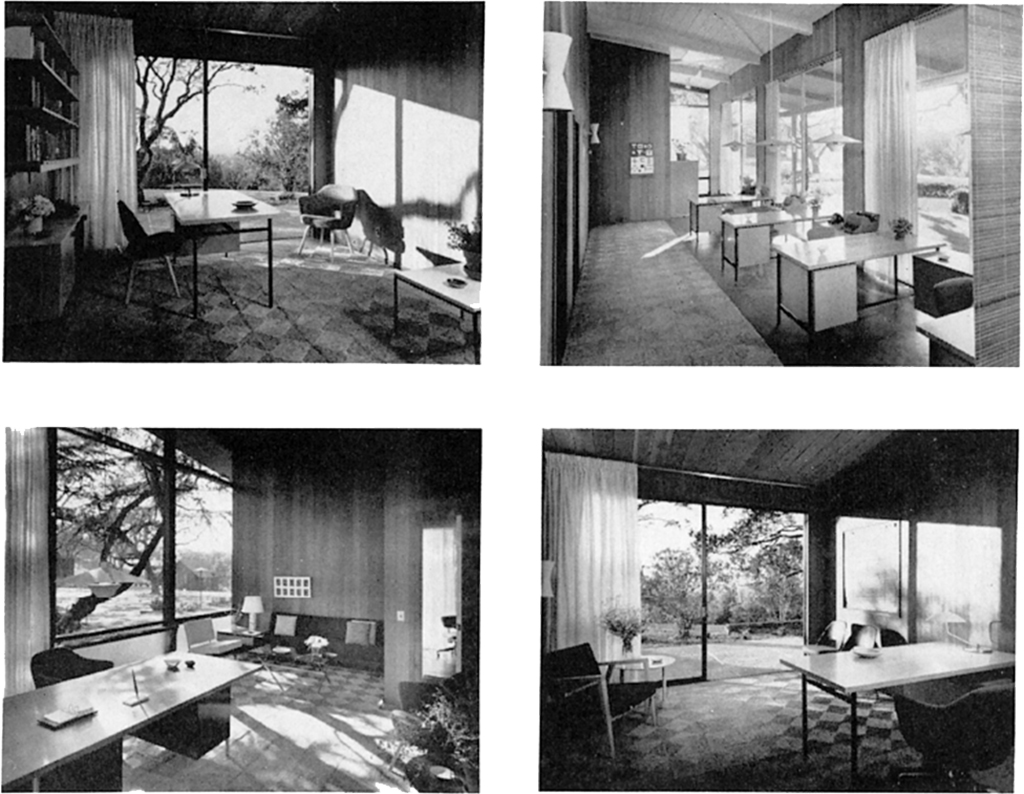
"It is precisely the unprogrammed, the unforced, uncoercive atmosphere of the Center which makes it so remarkable. It is not a planning institution but a scanning institution, and it has, I think, succeeded in introducing a much needed element of playfulness into American academic life. It is precisely that element which produces new and unforeseen combinations and which is most likely to speed up the rate of intellectual mutation."
-Kenneth E. Boulding, CASBS fellow, 1954
“This book is the result of a unique experience and a unique institution... described by a perceptive Catholic priest as a retreat house for the intellect. Eleven months of vigorous interaction, both playful and serious, with a group of thirty-six able social and biological scientists produced in me a state of mind in which the following monograph was written, or rather dictated, in uninterrupted composition.”
-Kenneth E. Boulding, preface to “The Image: Knowledge in Life and Society”, a book dictated in 11 days at the CASBS in 1954
From social stimulation to private reflection and production, this was the logic of innovation at the first think tank
Incubator Fever
In 2011, it seemed a new incubator was opening every day, if not faster
It hasn't seemed to wane in enthusiasm in late 2013
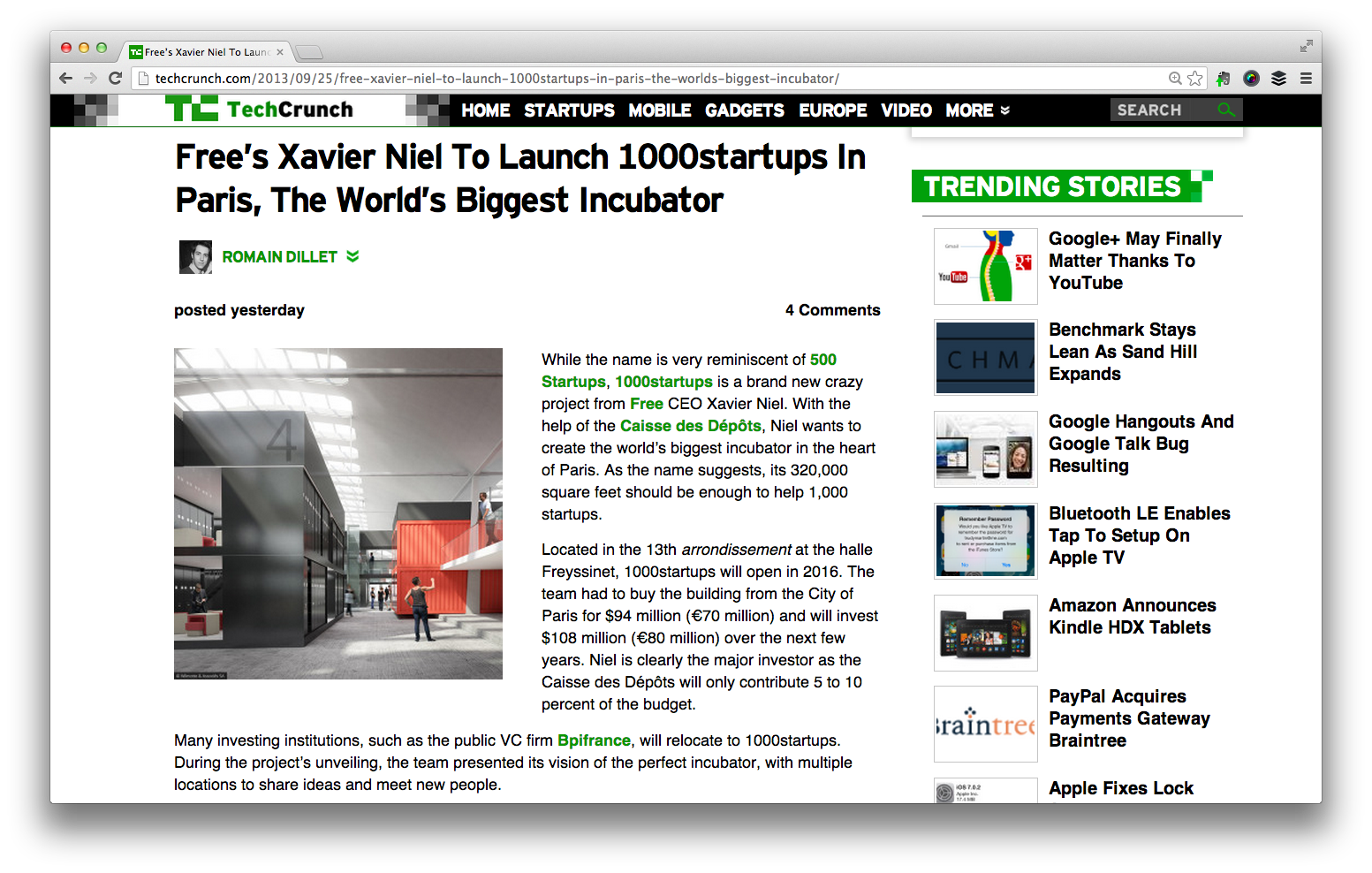
Incubator investment model
The financial ethos of the incubator is a combination of the mechanics of venture capital and the theory of disruptive innovation

E.g.: Kodak goes bankrupt, 6 months later Instagram exits at $1bn
The combination of placing many bets and potentially winning big shape the incubator type
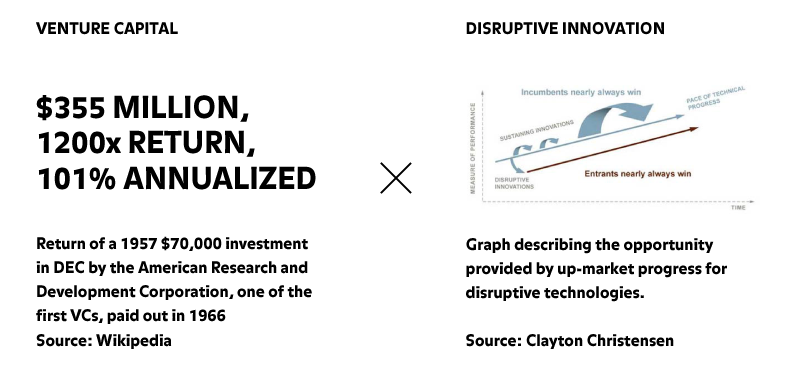
Incubator Archetype
In 1995, Paul Graham and others started investing in start up companies in Boston.

In 2005, they moved to San Francisco and opened Y Combinator, an incubation space for tech companies that offered small seed investments and mentoring to an inaugural class of 8 companies in exchange for equity
As of 2012, they have crystalized their model into a highly structured environment for producing disruptive innovation, and grown their class to 66 in 2012
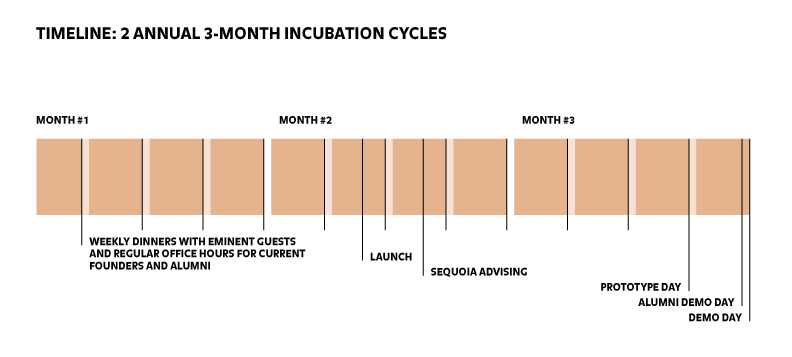
The self-image of Y Combinator
Characteristics of the Incubator Archetype
Minimize
Isolate a minimum viable product that can ignite a business
Insure
The production of disruptive ideas, toppling existing industry leaders
Direct
Young founders' ideas with proven formulas
Archetype Comparison
Similarities between think tank and incubator types
- Extra-University
- Production of innovations
- Convert uncertainty into risk
- Foster young talent
Differences between think tank and incubator types
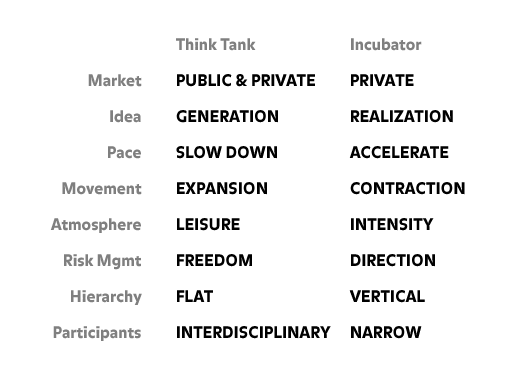
Retrospective Update
We actually ended up making an office rather than an incubator

in order to produce an exhibition.
Site to Site
Our course, Site to Site, has decided to work as an office by using the most widely used platform for open source, Github, to structure collaboration within the class and with others outside.
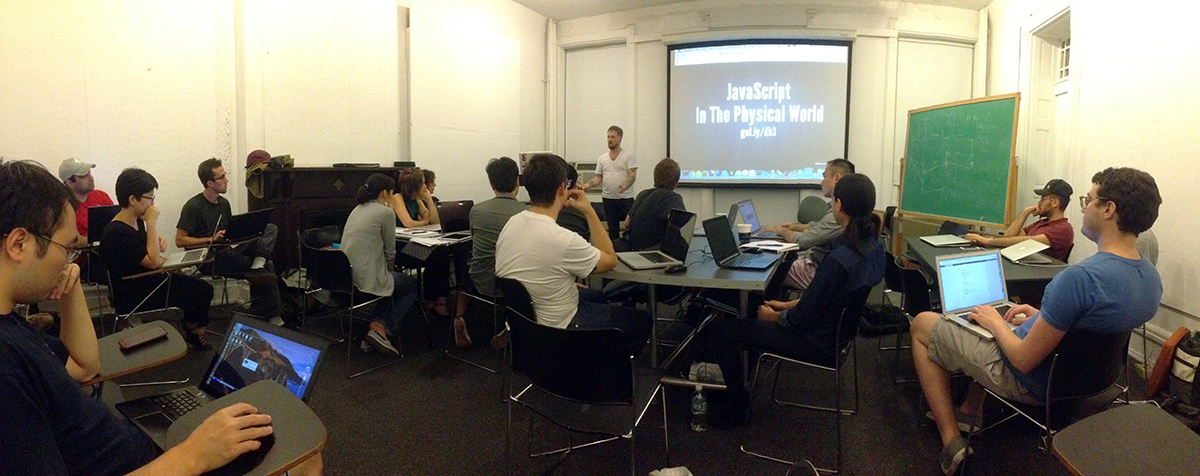
Github allows us to break into teams around projects
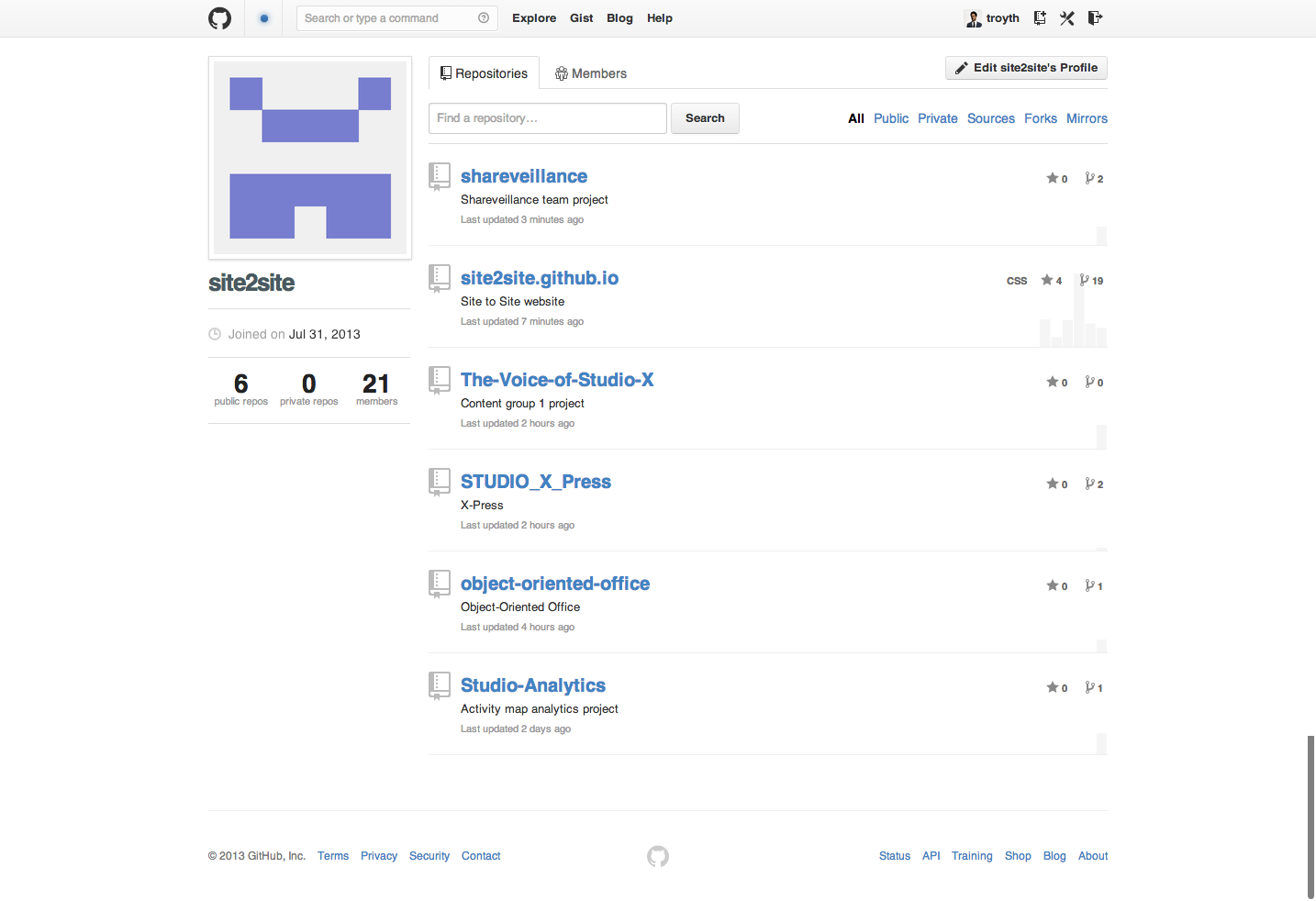
to track contributions
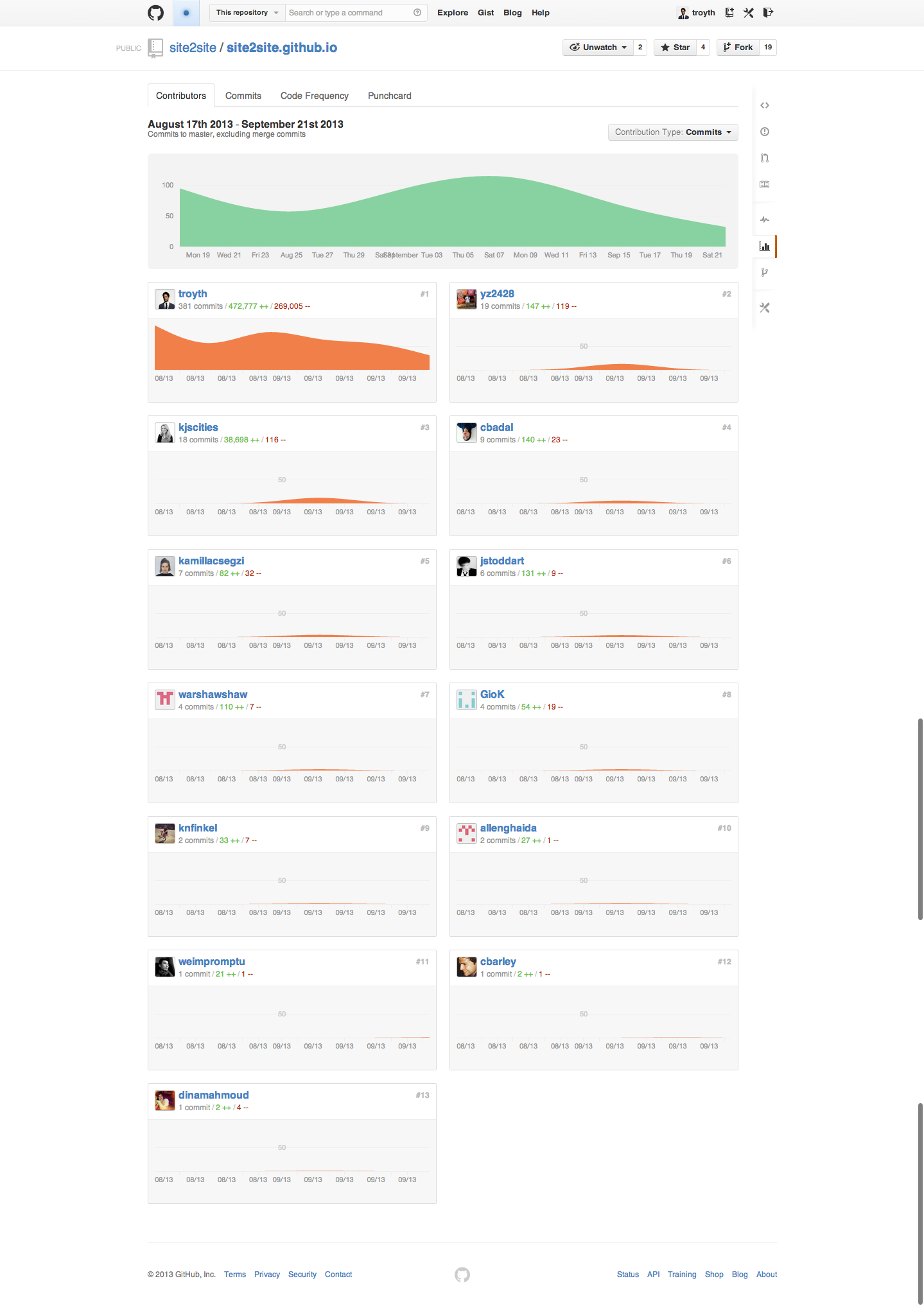
to visualize activity
to report issues
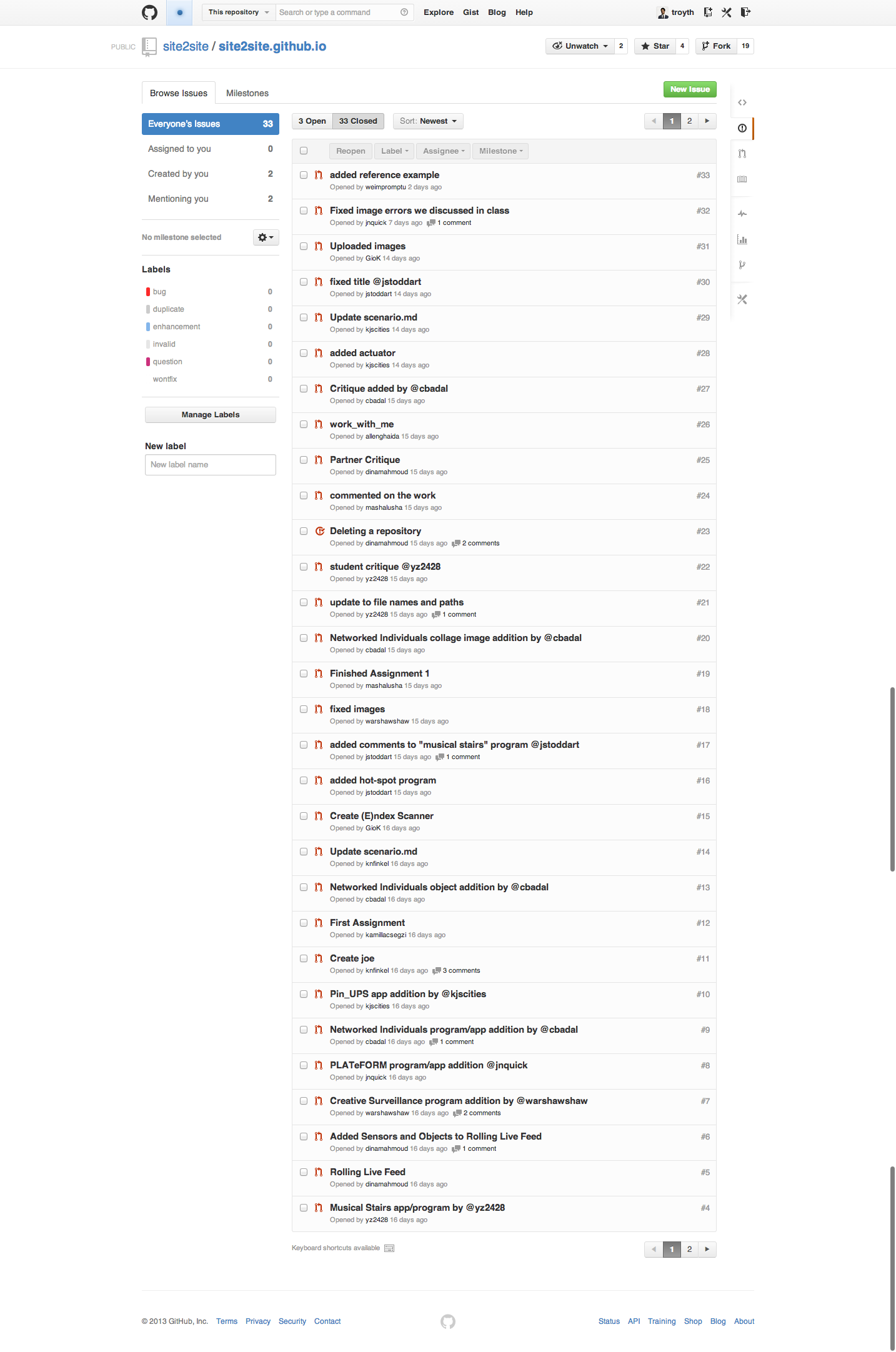
and to revert to previous states.
Recent, Github started to get more intelligent about 3D models
MT If this works it's HUGE. @troytherrien architects get ready for a new workflow: @github does 3D diffs https://t.co/3QAzX5cMlb
— Derek Lindner (@mantella) September 18, 2013
Studio vs. Office
"Architecture is a collaborative art, perhaps the most collaborative of all. No architect is ever alone. No studio is ever isolated... The design studio is a kind of networking device suspended within the urban fabric that it thinks about..."
-Mark Wigley, "The Open-Sourced Architect"


































